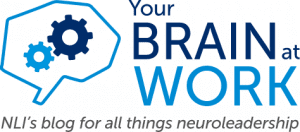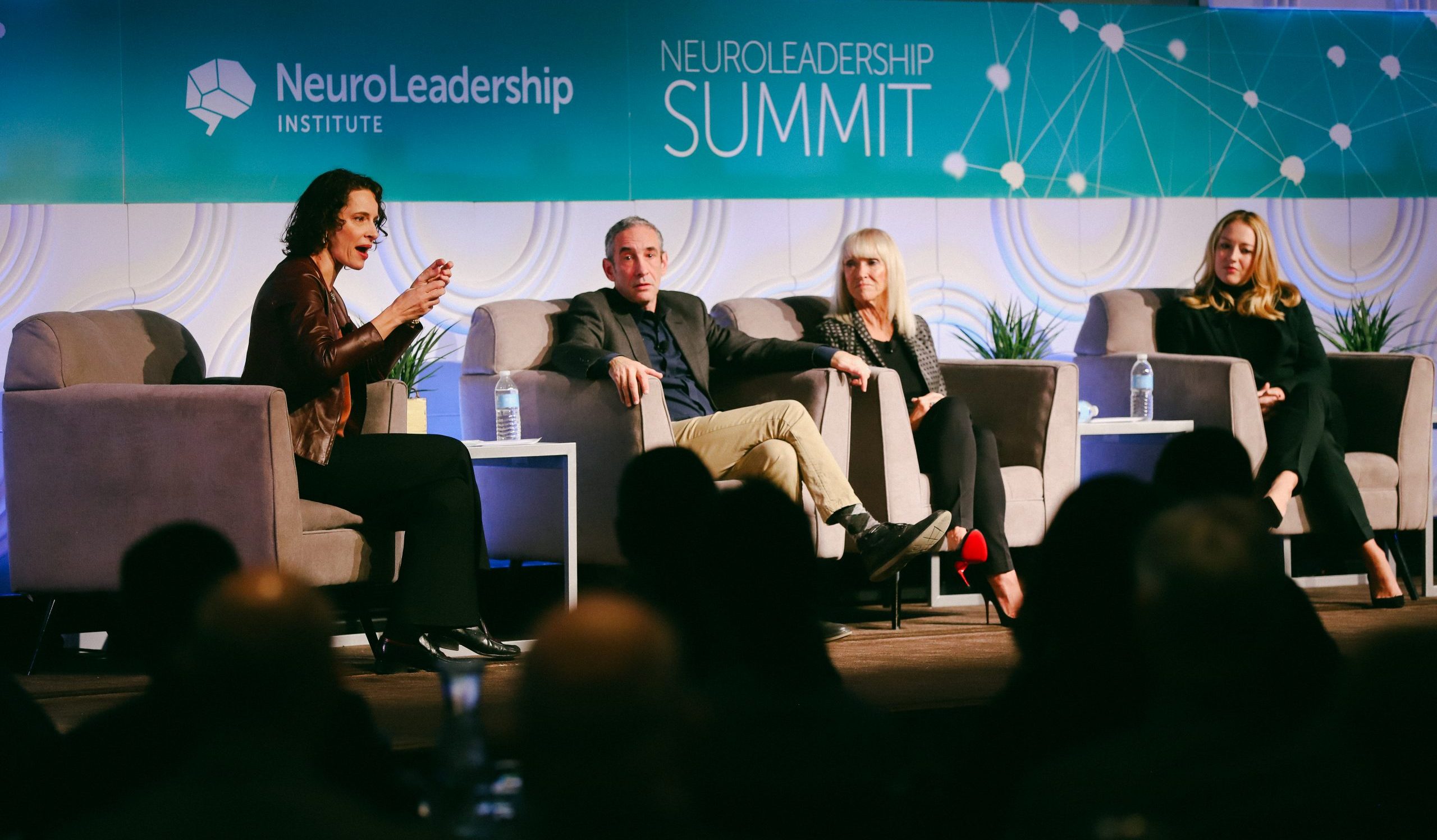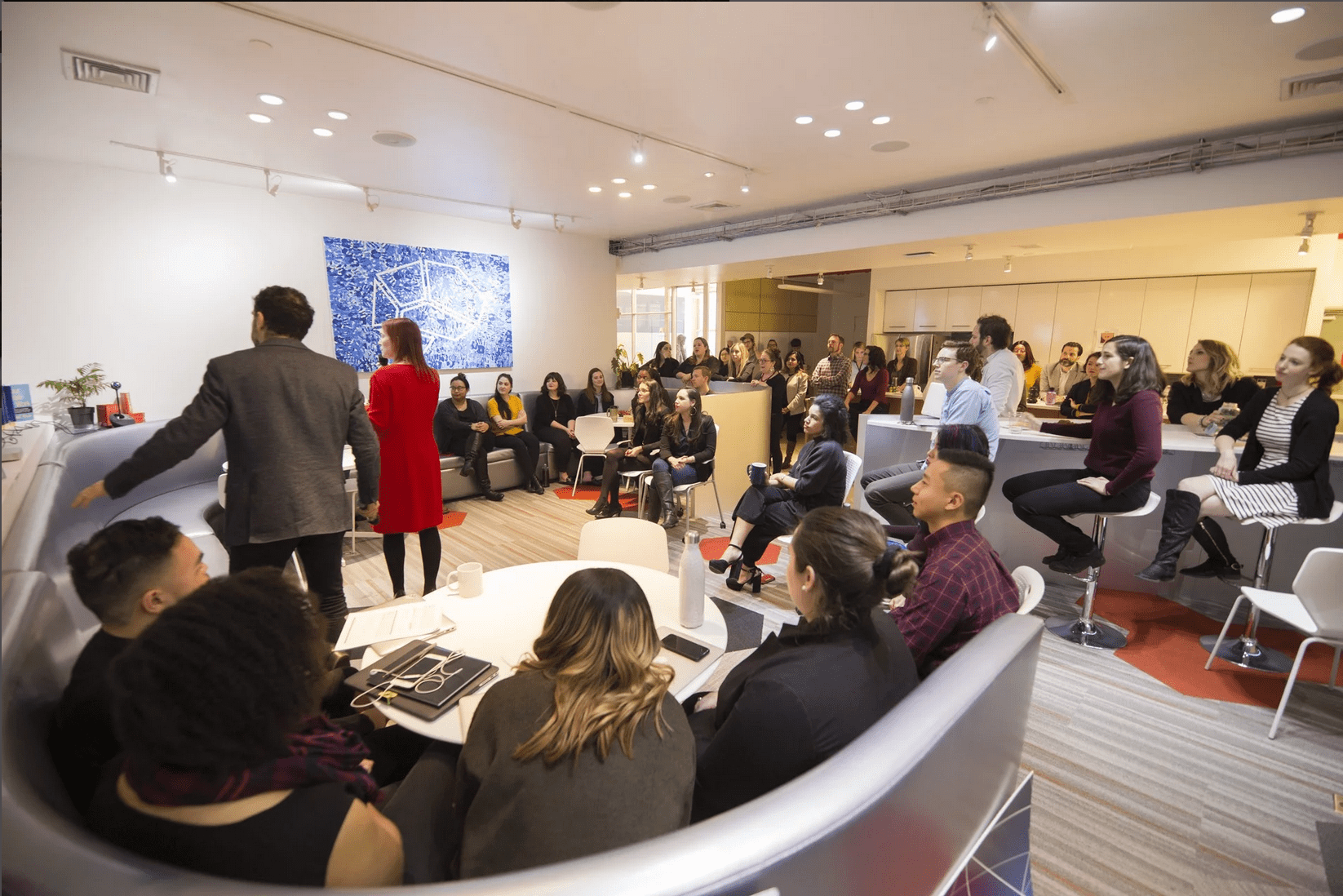Artificial intelligence is rapidly becoming a fixture in the modern workplace, promising unprecedented efficiency and innovation. But as we delegate more routine tasks to algorithms, we face a critical question:...
Read More →

FEATURED INSIGHT
Artificial intelligence is rapidly becoming a fixture in the modern workplace, promising unprecedented efficiency and innovation. But as we delegate more routine tasks to algorithms, we face a critical question:...
Read More →
Whether it’s on the front-lines of a crisis, or the conference room, opportunities for escalation exist all around us. Science can help us de-escalate.

With DE&I are at the forefront of everyone’s mind, we’ve curated the resources to help leaders understand, and act on, the science.

Unlocking the power of a diverse organization requires creating a sense of inclusion. These three action-oriented ideas can help offer a roadmap.

These days, our beleaguered brains could use some help. So we’ve collected our most insightful reads on how you can stay focused day to day.

Your organization is facing challenges that were unimaginable a few months ago. That makes this the perfect time to build a better normal, and to attend the NLI Summit.

Join millions of employees in creating culture change at scale by reaching out today.

In 2007, David and Lisa Rock and their team had been working in leadership development and executive coaching for ten years, when David coined the term “NeuroLeadership.”ef

North America
Africa
South America
Asia
Europe
Australia
© NeuroLeadership Institute 2025. All Rights Reserved
This site uses cookies to provide you with a personalized browsing experience. By using this site you agree to our use of cookies as explained in our Privacy Policy. Please read our Privacy Policy for more information.